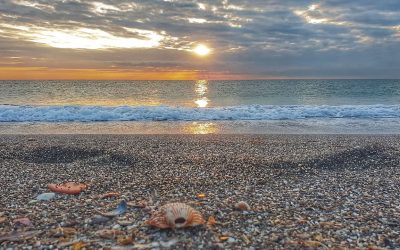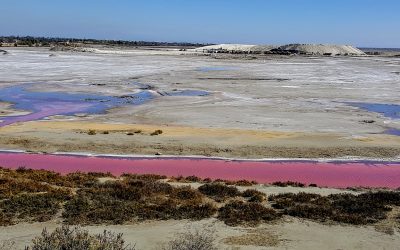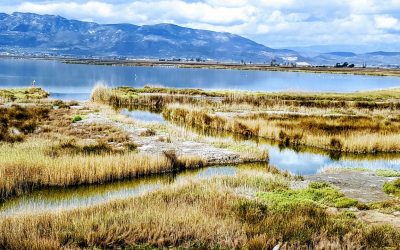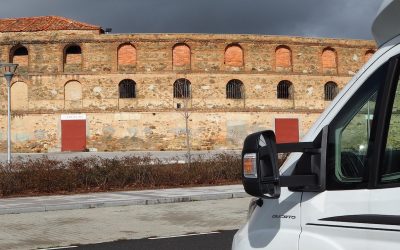Spain; the image of its Costas, tavernas and golf courses, enticing holiday makers to indulge in the heat of the summer and...

Flamingoes
Flamingoes
Camargue’s Stunning Diversity
France's Camargue - the land of true diversity Imagine travelling through the heart-land of a delta region - what jumps out at you? Is it...
Visiting Spain’s Ebro Delta
As I sit here watching the sun go down over the Ebro Delta on Spain’s north-eastern coast, I can hear the gentle cries of the flamingoes...
10 Spanish Destinations not to miss
As we sit just across the French/Spain border, it seems appropriate to reflect on our Spanish odyssey over the last seven weeks of 2016...
Follow us
You can find us on social media,
different channels for different content.




